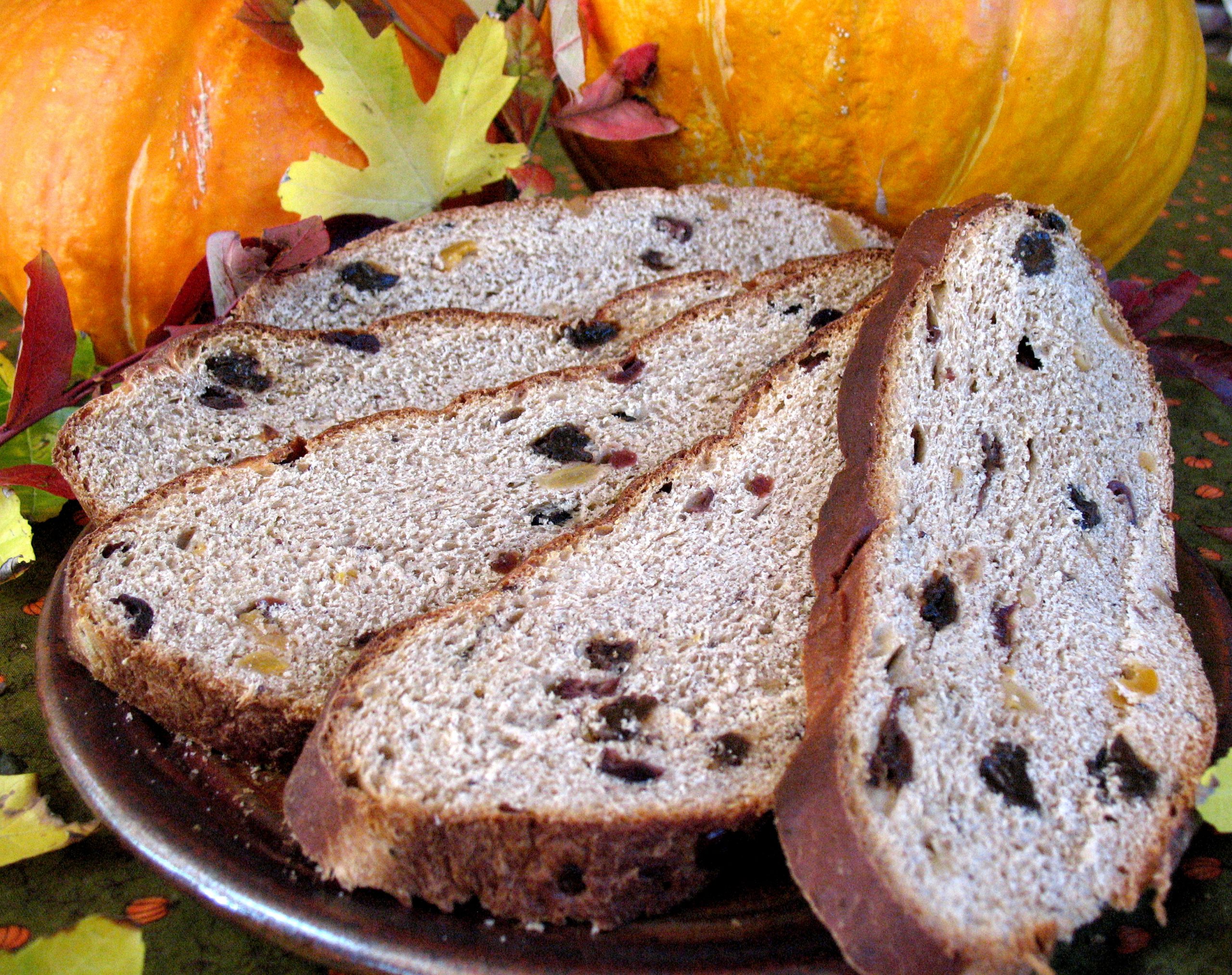
By Dana Zia, The Golightly Gourmet
“The spirits of dead friends sought the warmth of the Samhain fire and communion with their living kin.” Janet Farrar
Halloween is one of the oldest holidays on our calendar. It dates all the way back to the ancient Celts, some 2000+ years ago, who called it Samhain, (pronounced, sow-in.) Samhian means summer’s end and it was a time to harvest crops and animals and get ready to hunker down for the long winter months. It was a time of reverence for the process of death and the mysteries of life. Samhain was their New Year’s Eve and was a time of merry making and feasting.
These folks believed that on Samhain, the veil between the worlds grew very thin and ghosts would walk the land to visit the living and perhaps do a tad of mischief. It is a plunge into the darkness from there till winter’s solstice. Consequently, fire was a big deal on this holiday, and all the community would put out their hearth fires during the day of the 31st and then the Druid priests would build a gigantic bon fire that everyone would re-light their hearth fires with. The purging of the old and the lighting of the new. But meanwhile, they would do a bit of dancing and fortune telling around the ole’ bonfire.
One of the traditional foods of Samhain is a fortune telling bread, “Barmbrack.” It was baked up with a few extra ingredients, like a ring, stick, coin, and a bean. If you get the ring, you are going to have a great year of love, and the stick means no love at all. If you get the coin, you’ll have an abundant year, and the bean means poverty. I was enchanted by this ancient and beautiful bread and made it as close to the way my foremothers would have done 2000 years ago. I can just imagine the Celtic children dancing around the kitchen as the preparations for the evenings frivolities filled the house with the scent of this baking bread.
BarmBrack
2 cups of a strong black tea
2 cups of mixed dried fruit,
(I used raisins, apricots, dates, and cranraisins)
1 cup of milk
1 1/4 ounce package of active dry yeast
2 teaspoons plus 1/3 cup sugar
1 1/2 cups of unbleached flour
1 1/2 – 2 cups of whole wheat pastry flour
1 teaspoon cinnamon
1/2 teaspoon ground cloves
1/2 teaspoon fresh ground nutmeg
Pinch of allspice
1 egg
1/3 cup of butter, melted
1/2 teaspoon of salt
This ancient ritual begins the night before (or a couple hours). Brew your tea and add the tea to the fruit and let soak overnight, (or at least for two hours.) When you are ready to make the bread, start by draining the fruit/ tea mixture in a colander while you prepare the dough. Warm the milk to tepid, and stir in the yeast and 2 teaspoons of sugar and let it get all excited while you start the dough, about 10 minutes.
Choose a large beautiful mixing bowl, add flour, sugar and spices and mix well with a whisk. Beat the egg and melt the butter, then create a little well in the flour mixture and add the egg, butter, salt and milk/yeast concoction. Stir till you can’t anymore with a wooden spoon. Turn the dough onto a floured work surface and knead for 5-10 minutes adding just enough flour to be able to work the dough. You want it to be smooth but slightly sticky when done. Add the drained fruit a little at a time till it is all worked in. This can be sticky business, I finally tossed it all back in the bowl and worked it together then turned it back out and kneaded it with some more flour till the dough ball was smooth and the fruit well incorporated.
Place the dough in a bowl sprayed with a bit of cooking spray and then spray the top of the dough as well. Cover with a clean towel and set in a warm corner to rise, till doubled in bulk, about 1 to 1 ½ hours. Turn the dough out onto your work surface and knead again for 2 to 3 minutes, till the dough sings to you and is silky. Form into a ball and pat. Place the ball into your best 8 inch pie dish, to honor this bread, sprayed with a bit of cooking spray and spray the top of the dough. Cover with towel, tuck back into the warm corner, till doubled again, about 45 to 60 minutes. Preheat oven to 375 degrees. Bake the loaf for about 30 -40 minutes, until top is a nut brown and the loaf sounds hollow when tapped. Place on a cooling rack when you can handle it without getting burned and serve it with tea, jam and a few spiders.
As the Irish say, “May we be alive this time next year!”


